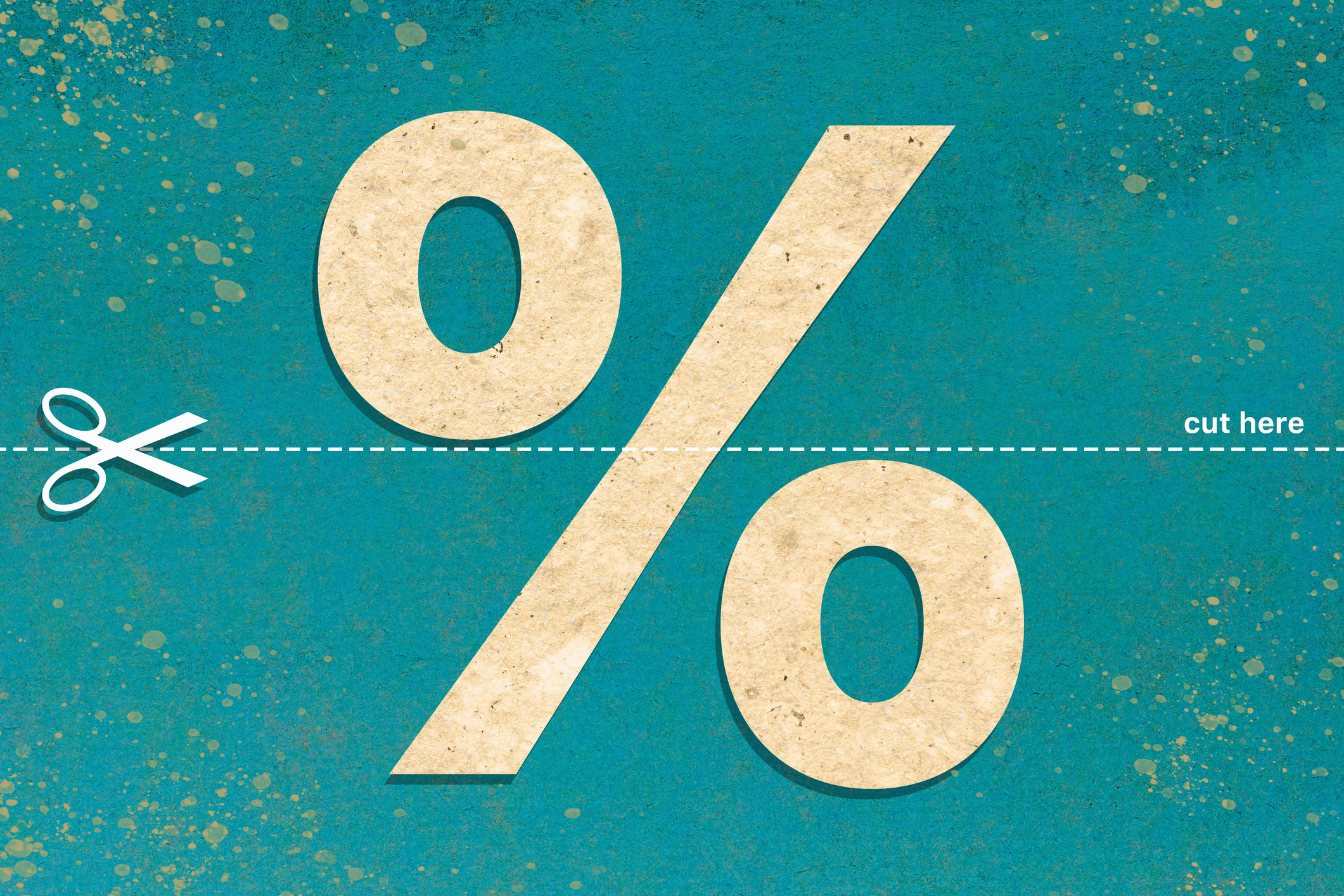Why Financial Literacy Starts at Home and School
Financial literacy is lower among women and young people. The right education in school can help level the playing field, but good money habits start at home.


Annamaria Lusardi is senior fellow at the Stanford Institute for Economic Policy Research and coauthor, with Tim Kaiser, of the new study “Financial Literacy and Financial Education: An Overview.” I spoke with her about the results of her study.
How do you measure financial literacy?
“More than 20 years ago, we developed what we call the Big Three, a trio of multiple-choice questions to measure understanding of the ABCs of personal finance: compound interest, inflation and risk diversification. Since then, we have added these questions to almost every survey of consumer finances and other global surveys in countries around the world. The results in most countries are strikingly similar: very low levels of financial literacy that have not improved a lot over time.”
Does your research show a difference between men and women?
“We find a persistent and large gender gap in almost every country. Women answer fewer questions correctly, and they are more likely to choose the ‘I don’t know’ response. To test this, we have asked the questions again but without the ‘I don’t know’ option. When forced to answer the questions, women tend to be right, but they’re not confident of their answers.
From just $107.88 $24.99 for Kiplinger Personal Finance
Become a smarter, better informed investor. Subscribe from just $107.88 $24.99, plus get up to 4 Special Issues

Sign up for Kiplinger’s Free Newsletters
Profit and prosper with the best of expert advice on investing, taxes, retirement, personal finance and more - straight to your e-mail.
Profit and prosper with the best of expert advice - straight to your e-mail.
“We estimate that lack of confidence accounts for about one-third of the gender gap. This can make women too reluctant to take steps that can grow their wealth, especially in a high-inflation environment — for example, by investing in the stock market.”
Are there differences between age groups?
“Financial literacy is particularly low among the young. That makes sense because they don’t have experience in the real world and don’t generally learn about finance in school. Early studies showed that financial knowledge tended to increase with age up to a point and then turn down. But in more recent studies, we don’t see financial knowledge going down with age. One reason may be that one topic we measure is inflation, and older generations have had more experience with higher inflation.”
What do your results mean for financial well-being?
“Financial literacy is as important as reading and writing in our society, when you have to deal with making a budget, managing debt, planning for the future, saving for retirement. Building wealth doesn’t depend on income or luck alone. Financial literacy plays a role, too, and it’s not minor. For example, we estimate that 30% to 40% of the wealth gap at retirement could be closed if people had the knowledge and skills to invest in the stock market and earn higher returns.”
What’s the solution?
“Adding financial education in schools levels the playing field. Earlier studies didn’t find evidence that financial education works, which led to a lot of disappointment. But those studies were looking at very minor interventions — for example, giving people a brochure. When financial literacy is so low, you can’t address it by one brochure or one lecture. You need a full, robust course.
“More-recent mandates for financial education in high schools have improved financial literacy scores and behaviors. Instead of classroom settings, programs for adults work better when they are tailored to target groups, are relevant to life situations and use digital delivery.”
How early can you start?
“As soon as the tooth fairy comes. In every interview I do with adults who have been successful in personal finance, they tell me about experiences they had when they were young. Giving a child a piggy bank can be quite helpful.”
Note: This item first appeared in Kiplinger Personal Finance Magazine, a monthly, trustworthy source of advice and guidance. Subscribe to help you make more money and keep more of the money you make here.
Related content
Profit and prosper with the best of Kiplinger's advice on investing, taxes, retirement, personal finance and much more. Delivered daily. Enter your email in the box and click Sign Me Up.

Janet Bodnar is editor-at-large of Kiplinger's Personal Finance, a position she assumed after retiring as editor of the magazine after eight years at the helm. She is a nationally recognized expert on the subjects of women and money, children's and family finances, and financial literacy. She is the author of two books, Money Smart Women and Raising Money Smart Kids. As editor-at-large, she writes two popular columns for Kiplinger, "Money Smart Women" and "Living in Retirement." Bodnar is a graduate of St. Bonaventure University and is a member of its Board of Trustees. She received her master's degree from Columbia University, where she was also a Knight-Bagehot Fellow in Business and Economics Journalism.
-
 7 Dr. Seuss Quotes Retirees Should Live By
7 Dr. Seuss Quotes Retirees Should Live ByYou're off to great places! Why Dr. Seuss is the retirement guru you didn't know you needed.
-
 Fed's Rate Cuts Could Have Impacts You Might Not Anticipate
Fed's Rate Cuts Could Have Impacts You Might Not AnticipateUnderstanding how lower interest rates could impact your wallet can help you determine the right financial moves to make.
-
 Past Performance Is Not Indicative of Your Adviser's Expertise
Past Performance Is Not Indicative of Your Adviser's ExpertiseMany people find a financial adviser by searching online or asking for referrals from friends or family. This can actually end up costing you big-time.
-
 What Investors May Face in the New Year: Interview
What Investors May Face in the New Year: InterviewKeith Lerner, the chief market strategist and chief investment officer for Truist Wealth, speaks with Kiplinger.
-
 21 Money Moves Smart People Are Making Before 2026
21 Money Moves Smart People Are Making Before 2026These steps can help trim your tax bill, boost your savings, lower your health care costs and set you up for financial success in 2026.
-
 Giving Tuesday 2025: 'Every Small Act Makes a Major Difference'
Giving Tuesday 2025: 'Every Small Act Makes a Major Difference'GivingTuesday encourages generosity in any form, from donating to charity to helping your neighbors.
-
 What to Make of a Hot IPO Market
What to Make of a Hot IPO MarketThis year's crop of initial public offerings could be even dicier than usual because of a skew toward tech and crypto.
-
 How to Position Your Portfolio for Lower Interest Rates
How to Position Your Portfolio for Lower Interest RatesThe Federal Reserve is far from done with its rate-cutting regime. This is how investors can prepare.
-
 Moves to Manage the Soaring Costs of Owning a Car
Moves to Manage the Soaring Costs of Owning a CarIt's costing more and more to keep a car on the road, but you can drive some costs down. Here's how to get a better deal on insurance premiums, repairs and gas
-
 A JPMorgan Fund Holds Its Own Thanks to a Focus on Quality
A JPMorgan Fund Holds Its Own Thanks to a Focus on QualityDespite its defensive characteristics, the JPMorgan U.S. Quality Factor holds up in good times and in bad.
-
 What Fed Rate Cuts Mean For Fixed-Income Investors
What Fed Rate Cuts Mean For Fixed-Income InvestorsThe Fed's rate-cutting campaign has the fixed-income market set for an encore of Q4 2024.